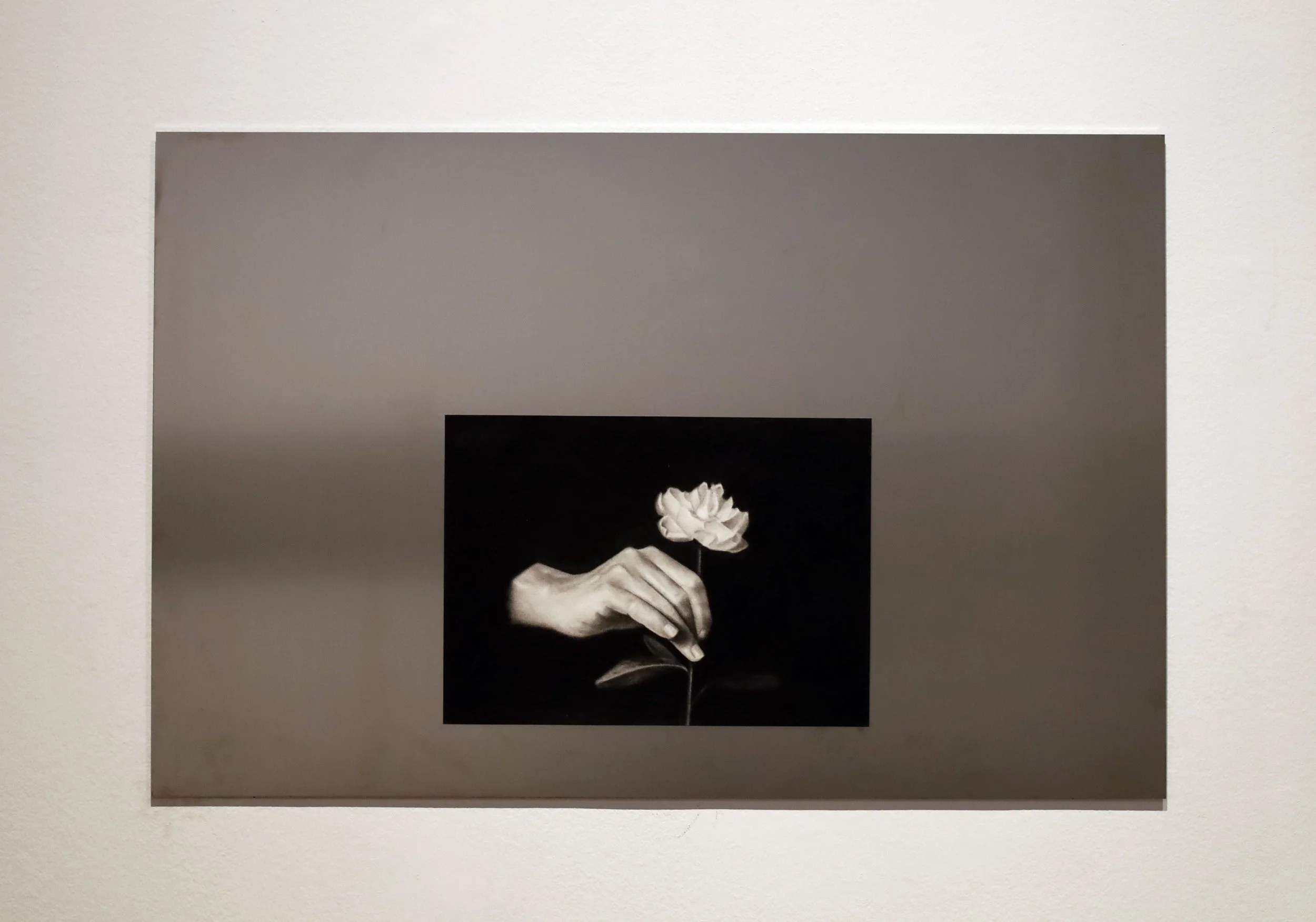
Nature loves to hide
Chapel room at Royal Hospital, Granada, Spain
28.03.05 - 30.05.2025
Solo exhibition
The history of the Western imaginary, says Hans Blumenberg, is organized around a handful of primordial metaphors—such as the book of nature, the light of truth, or the exit from the cave—that have followed one another throughout the centuries. Each of these metaphors establishes a particular way of interpreting and relating to the world. Moreover, artists, philosophers, and scientists always develop their work within a specific metaphorical horizon that influences and informs every thought, every endeavor. One of these foundational metaphors is expressed in the fragment by Heraclitus that gives this exhibition its title: “Nature loves to hide.” In The Veil of Isis, Pierre Hadot traces in detail the history of the translation and reception of this phrase, and particularly the metaphor at its core: nature hides beneath a veil, nature is traversed by secrecy.
In response to this fondness for concealment, Hadot proposes two attitudes: one voluntarist, the other contemplative. The voluntarist or Promethean stance views nature as a hostile force that resists revelation. Humanity’s task is to use cunning and violence to wrench its secrets free in order to dominate and exploit it. Magic, science, and technology belong to this tradition. On the other hand, the Orphic or contemplative orientation emphasizes the identity between human beings and nature, while warning of the incalculable dangers that unveiling may entail. That is why Orpheus’ relationship with physis unfolds to the rhythm of the lyre, and why his aim is not to extract secrets but, quite the opposite, to preserve mystery. Two conclusions follow from this attitude: first, art is but a particular case of the creative processes that occur on a cosmic scale. Second, nature’s concealment is not a problem to be solved, but a mystery to be contemplated.
In his book, Pierre Hadot does not make a moral judgment between these two attitudes; rather, he considers both necessary in their own way. Still, his own trajectory leads him inevitably toward Orphic positions. In Nature Loves to Hide, Katarzyna Pacholik reveals the underlying tensions between these two paradigms through a syncopated arrangement of charcoal drawings and objects from the University of Granada’s collections. For Katarzyna Pacholik, drawing is allowing charcoal dust to blow across a photograph—it is introducing time into the image, giving thickness to silence. Hélène Cixous writes: “To draw is to bring forth what takes place between things, that which links them and makes them mysteriously unforgettable.” To draw is both to cast veils over the image and to reveal latent, unsuspected elements.
The works in Nature Loves to Hide stage pages from illustrated encyclopedias, hands manipulating objects, and sublime landscapes. If anything characterizes these drawings, it is their paradoxical suspension between loss and excess, between disappearance and manifest presence. In the case of the scientific illustration drawings, there is a triple distancing: they are drawings of photographs of drawings, and yet the meticulous rendering of the paper’s folds makes them almost tangible. In the forest landscapes, the fog erases certain elements, and yet, as Georges Didi-Huberman writes, “its visual matter (the mist, its paleness, its diaphanousness, its moisture) surrounds us, touches us, pierces us, penetrates us, because we breathe that matter which obscures.” The hands, meanwhile, keep their distance through their theatricality, and yet the correspondence between gesture and object brings them closer to us.
Some of these works are placed in relation to aluminum pieces that replicate laboratory structures. Elsewhere, the drawings coexist with objects from scientific collections—minerals, fossils, or dried plants—whose structures, in turn, echo elements found within the drawings themselves. Ultimately, Nature Loves to Hide displaces and complicates the opposition between Promethean and Orphic attitudes—between the search for secrets and the contemplation of mystery—that has defined, throughout history, the metaphor of the veil and the unveiling of reality.
Javier Sánchez Martínez
Curator
Project realized thanks to the FACBA and Elizabeth Greenshields Foundation grant.












